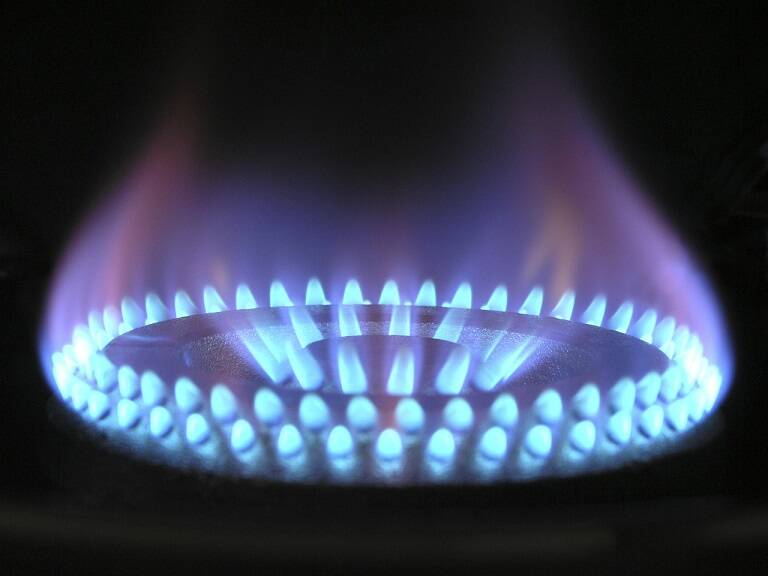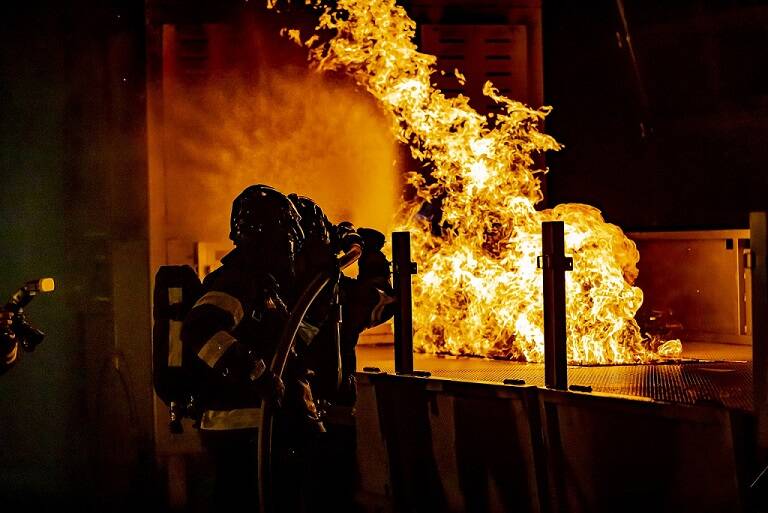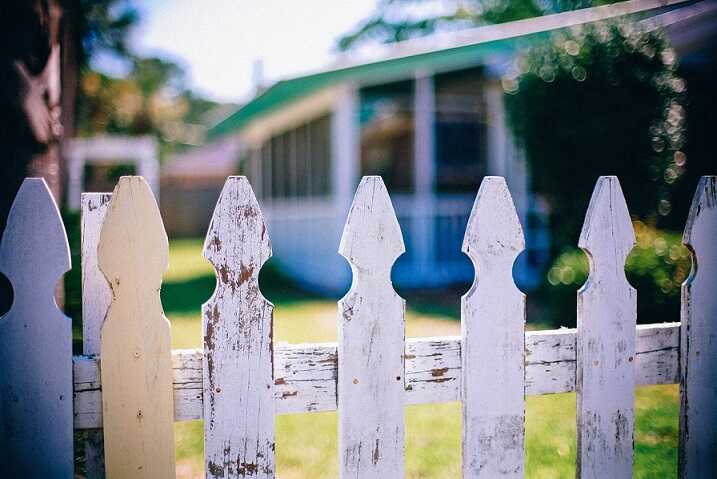Must-Haves for Your Car Emergency Kit
Let me tell you a story. It’s a chilly night, and I’m cruising down the highway with the radio blasting when – thunk. The unmistakable vibration of a flat tire. No big deal, I think. I pull over, ready to whip out my spare and be back on the road in no time. But then I reach into the trunk and discover a horrifying truth: my jack is missing.
Stranded on the side of the deserted highway, phone about to die, and frustration bubbling over, I learned a valuable lesson that night: be prepared. That’s why I’m here to share the essential items I now keep in my car emergency kit, all thanks to that unforgettable flat tire fiasco.
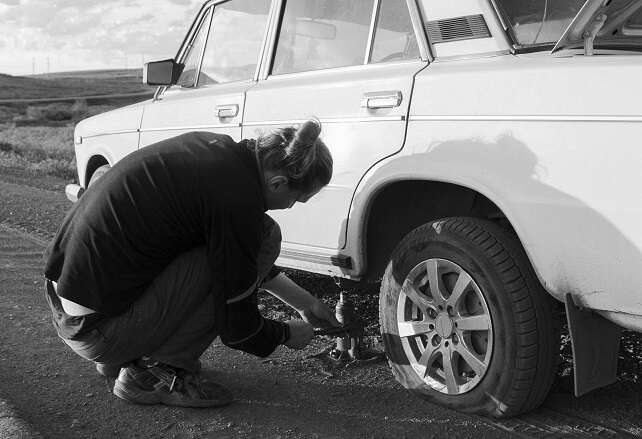
Prepare for the Most Common Emergencies (Must have basics)
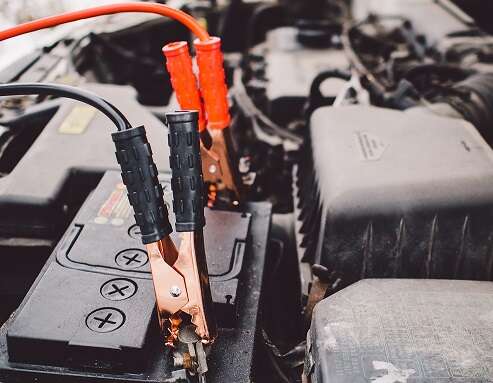
Jumper Cables and a Portable Jump Starter
A dead battery can leave you stranded anywhere. Jumper cables are a must-have but consider a portable jump starter too. It’s a lifesaver if you are alone or can’t find someone to help. Choose a jump starter with a high enough capacity for your car’s engine size.

Flat Tire Fixer
This can be a tire pressure gauge, an air compressor, or a can of Fix-A-Flat. While not a permanent solution, it can get you back on the road to a mechanic. Don’t forget the essentials for changing a tire: a jack, lug wrench, and spare tire (make sure it’s inflated!). Consider a jack knife or utility knife for stubborn lug nuts. Learn how to use the jack and lug wrench before you find yourself needing to in an emergency.
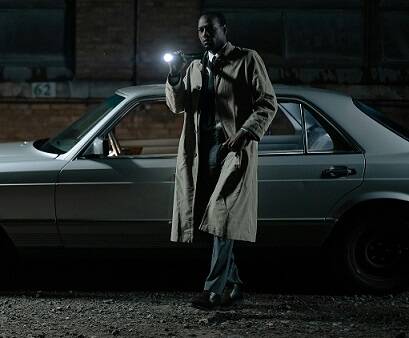
Flashlight and Extra Batteries
Darkness and car trouble are bad friends. A bright, LED flashlight is essential, and keep those extra batteries handy. A headlamp is an even better option, as it frees up your hands.
Be Ready for Anything (Things you should have in your car)
My Personal Touches: Adapting to Your Needs
Here’s where you can personalize your kit. I always keep a multi-tool in mine – it’s handy for unexpected repairs or tightening loose parts. A warm blanket is a lifesaver in cold weather, and a phone charger ensures you can stay connected in case of an emergency. Consider jumper cables with a built-in USB charger for added versatility.
Winter Warriors: Prepare for the Cold
If you live in a cold climate, pack additional items for winter emergencies:
Hot Travelers: Beat the Heat
For hot climates, consider these additional items:
Remember: This is your emergency kit. Tailor it to your climate, your typical journeys, and the number of people you usually travel with.
The Final Word: Don’t Be Like Me
Learn from my misfortune. Take the time to assemble your car emergency kit today. It’s a small investment that could make a big difference if you ever find yourself stranded on the side of the road. Trust me, you won’t regret being prepared!
Bonus Tip: Review and refresh your car emergency kit every six months. Replace expired items, check tire pressure on your spare, and ensure everything is still in good condition.
Now, hit the road with confidence, knowing you’re prepared for whatever unexpected adventure (or mishap) comes your way!
Certain content that appears on this site comes from Amazon. As an Amazon Associate, we earn from qualifying purchases. Read the full Disclaimer Here!

